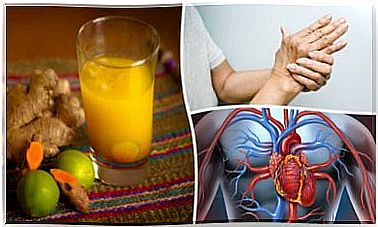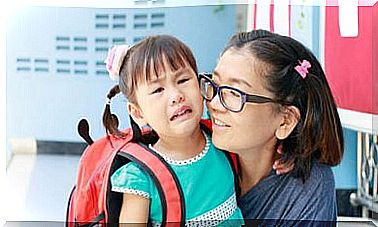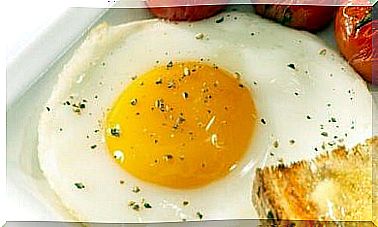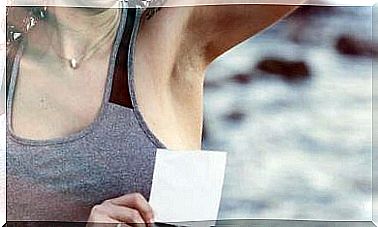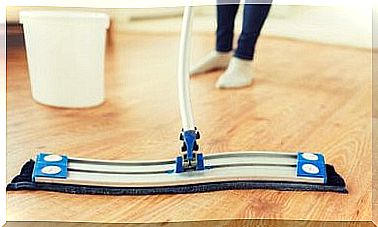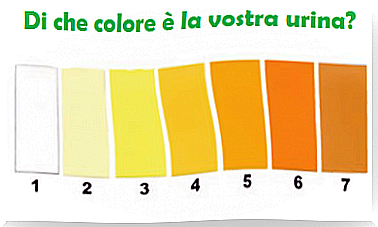Spondylolisthesis: The Most Frequent Symptoms

Spondylolisthesis is a pathology that consists of a slow movement of one vertebra on the other. According to Dr. Peter J. Moley, “spondylolisthesis is generally fixed (ie permanent and limited). It usually involves the L3-L4, L4-L5 vertebrae or more commonly the L5-S1 ”.
Although there are several types of spondylolisthesis, the degenerative one is currently the most common. There are also congenital or isthmic spondylolisthesis.
Nowadays, we have different treatments available depending on the severity of the disease, which we present in this article.
What are the symptoms of spondylolisthesis?

Spondylolisthesis affects the bones in the lower back. This is the most frequent case, although they can also affect the central part of the back, which is however quite rare.
How is it recognized? Although there are several symptoms that can alert us to the disorder, it should be noted that in many this disorder is asymptomatic.
In some cases, therefore, it can go completely unnoticed, with the risk of worsening and worsening. Let’s see, below, the most common symptoms among those suffering from spondylolisthesis:
- Back pain : it is the most frequent symptom and manifests itself as a tear. It is characterized by acute pain that spreads throughout the lower back.
- Weakness in the lower limbs : the person tends to walk with the knees slightly bent, taking small steps. It is common, in these cases, to feel tingling and numbness.
- Muscle tension : Another symptom of spondylolisthesis concerns the state of tension, without apparent cause, of the back of the thighs. In some cases it is accompanied by spasms.
- Difficulty in controlling the sphincters : this is a rare symptom, but it can occur in some patients, and depends on the weakness of the lower limbs.
Visible physical manifestations
The symptoms described above are not the only alarm bells that warn us of the presence of this disorder. It is possible to notice some physical manifestations such as :
- Abdomen protruding.
- Apparently shorter bust.
- Curvature in the lower back (sinking).
In the presence of these physical manifestations, we will have to contact the doctor who will confirm the diagnosis through radiological examinations. Thanks to these techniques, it is possible to verify the displacement of the displaced vertebrae.
In some cases, the doctor may request more specific diagnostic tests, such as computed tomography or magnetic resonance imaging. Through these tests it is possible to find more clearly the presence of spondylolisthesis and any damage to bones and nerves.
Complications of spondylolisthesis
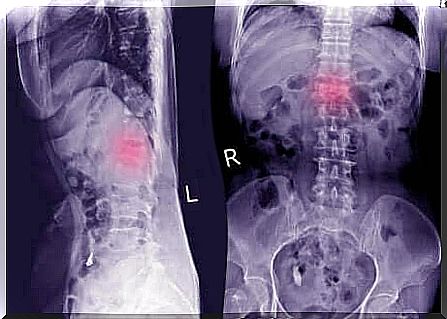
In addition to the symptoms described above, there is a risk of possible complications that can seriously affect the patient’s quality of life. For example, persistent back pain can lead to a sedentary lifestyle, resulting in weight gain. Furthermore, inactivity will favor the loss of elasticity and muscle strength and bone density.
A further consequence is muscle stiffness. However, the most serious complication is possible permanent damage to the nerve on which the vertebra is pressing due to slipping.
There are several treatments for spondylolisthesis. Among them, conservative therapy consists of undergoing physiotherapy sessions to strengthen the back and correct posture. In other cases, surgery is chosen to reposition and pin the slipped vertebrae.
In case of back pain, we recommend that you see your doctor right away, especially if it occurs every day. At the same time, the adoption of correct postural habits is essential to avoid, or at least reduce, the incidence of the problem if it was not congenital.
